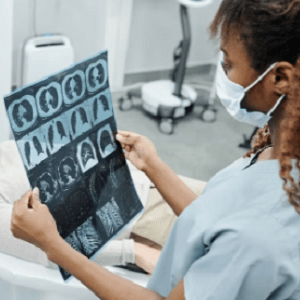Despite expanded eligibility criteria, lung cancer screening rates in the United States remain alarmingly low, according to a new study published in JAMA Network Open. The overall screening prevalence rose only marginally from 16.4% to 19.6% following the U.S. Preventive Services Task Force’s 2021 revision of screening guidelines.
The updated criteria lowered the initial screening age from 55 to 50 years and reduced the pack-year smoking history requirement from 30 to 20. This expansion increased the eligible population by 65.9%, from about 8.15 million to 13.53 million individuals.
Notably, the new guidelines led to significant increases in screening eligibility among racial and ethnic minorities. Hispanic individuals saw an 86% increase, Asian individuals an 88% increase, and Black individuals a 109% increase in eligibility. However, White individuals still constitute the majority of those eligible for screening at 81.9%.
The study revealed disparities in screening rates across different demographics. Factors associated with higher screening rates included reporting very good to fair health, having insurance, access to a healthcare clinician, higher education levels, and lower income brackets.
Geographic variations were also observed, with Rhode Island reporting the highest screening prevalence at 28.7% and Wyoming the lowest at 8.6%.
The researchers concluded, “Our findings suggest that updated LCS eligibility criteria may be an important first step to reducing lung cancer disparities, although screening rates remained low. Increasing LCS uptake nationwide should be a major public health priority.”
See “Low Screening Rates for Lung Cancer Highlight Public Health Priority” (March 21, 2024)



